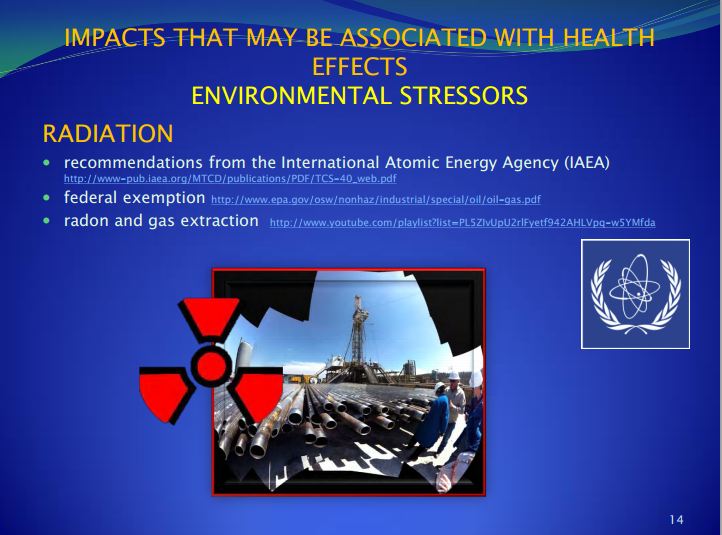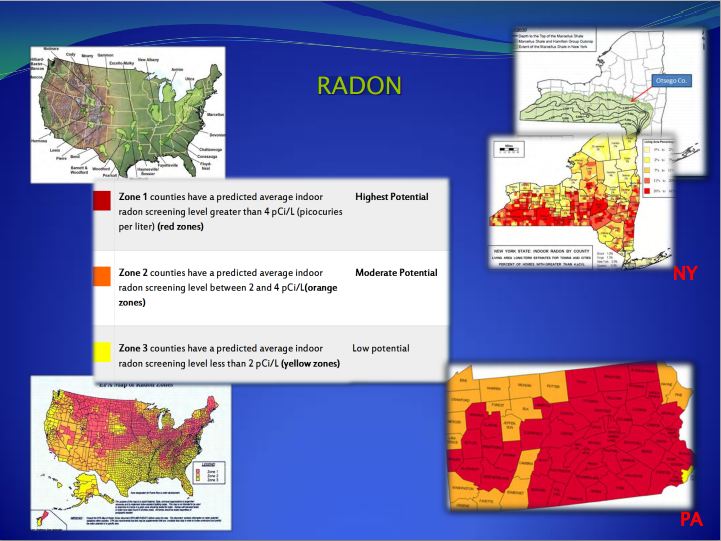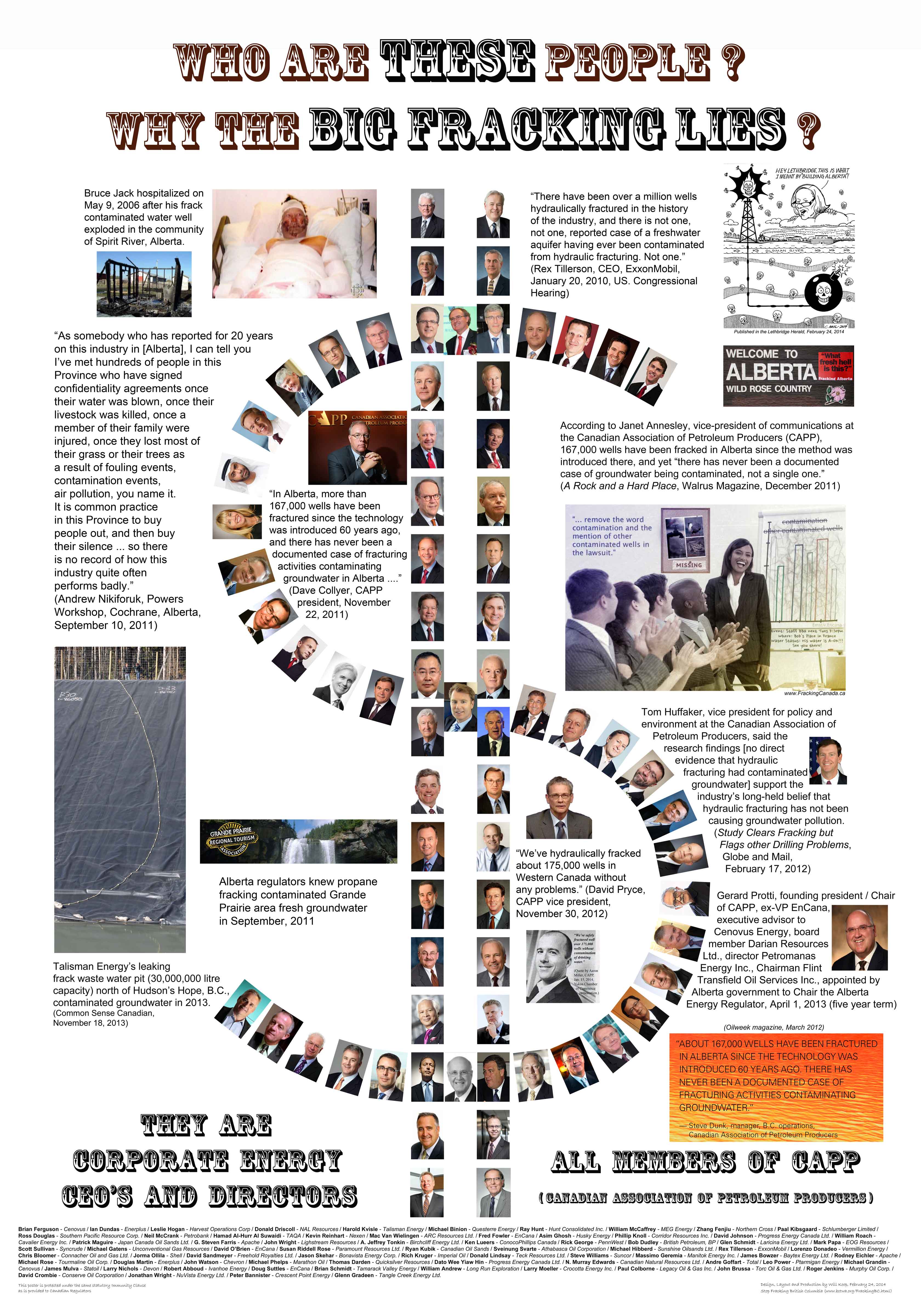Coal seam gas: EPA tells Santos to keep tabs on Pilliga radioactive water by Peter Hannam, March 12, 2014, The Sydney Morning Herald
Environment regulators recommended Santos monitor radioactive elements in its future coal-seam gas operations in the Pilliga Forest despite not seeking such readings once unsafe levels of uranium were found in a contaminated aquifer.
On Tuesday, the Environment Protection Authority said it had not sought data on the levels of thorium, radon and radium – products of uranium – once Santos told it in March last year about leakage from a waste water pond. The aquifer was found to contain uranium at 20 times safe drinking levels and the EPA fined Santos $1500.
The three radioactive elements ”would only be tested for if there was an immediate threat to human health or the environment posed by the parent element uranium”, a spokeswoman for the EPA said. The decision that the site was safe was made within 24 hours of receiving the Santos-supplied results.
The readings ”should have rung alarm bells”, said Mariann Lloyd-Smith, a senior advisor for the National Toxics Network. ”It would have been sensible to go back and test the radioactivity of the water.” Thorium and radon were known to cause lung cancer, she said, adding these materials could also spread by wind once the water they were suspended in evaporated.
However, internal emails from last August show the EPA’s own water quality unit recommended Santos monitor ground water for ”radionuclides”, which include thorium, radon and radium.
The Wilderness Society’s Naomi Hogan said the EPA should find out what the water already extracted contained. Clean-up efforts would result in water being pumped closer to the nearby town of Narrabri. [Emphasis added]
[Reportedly, on March 11, 2014, over 800 people turned out in Lismore to hear about plans to drill tight gas wells in Bentley in the northern rivers. On most people’s mind was the recent aquifer contamination by Santos CSG project in the Piiliga. ]
Santos coal seam gas project in NSW Australia contaminates aquifer by Sean Nicholls, March 8, 2014, The Sydney Morning Herald
A coal seam gas project operated by energy company Santos in north-western NSW has contaminated a nearby aquifer, with uranium at levels 20 times higher than safe drinking water guidelines, an official investigation has found. It is the first confirmation of aquifer contamination associated with coal seam gas activity in Australia – a blow to an industry pushing state and federal governments for permission to expand. Santos was fined $1500 by the NSW Environment Protection Authority, which posted a media release on its website on February 18, without identifying the nature of the contamination. Two days later, Deputy Premier Andrew Stoner signed a memorandum of understanding with Santos to speed up the project, in the Pilliga forest near Narrabri, guaranteeing a decision on its future by January 23 next year.
The EPA says it launched an investigation after routine testing in March last year by Santos of groundwater around the project – which remains in the test well stage – detected ”elevated levels of total dissolved solids and slightly elevated levels of other elements”. The investigation concluded there was no evidence contractors engaged by the previous owner of the project, Eastern Star Gas, followed strict rules when building a pond to hold waste water and brine produced when gas is extracted. The investigation concluded the pond liner was of ”poor quality, which resulted in the integrity of the liner being questionable”. On Friday, EPA chief environmental regulator Mark Gifford confirmed the contamination was caused by water leaking from the pond and that lead, aluminium, arsenic, barium, boron, nickel and uranium had been detected in an aquifer at levels ”elevated when compared to livestock, irrigation and health guidelines”.
…
The $1500 fine ”reflects the level of environmental impact, which was small”, he said. Mr Gifford also confirmed uranium levels were detected in an aquifer at 335 micrograms per litre – about 20 times the safe drinking water guideline of 17 micrograms per litre.
Wilderness Society national director Lyndon Schneiders called on federal Environment Minister Greg Hunt to stop all CSG operations immediately, ”until there is a full independent and transparent investigation into the industry”.
”We now have proof that coal seam gas mining contaminates groundwater and aquifers, flying in the face of the industry’s claims,” Mr Schneiders said.
NSW Greens MP Jeremy Buckingham said confirmation of aquifer contamination was ”game over for coal seam gas”. ”Here is definitive proof that coal seam gas pollutes aquifers,” he said. ”It’s scandalous that the government knew of this serious contamination incident when they announced the MOU to fast-track the Narrabri project and when the Premier downplayed concern about the toxic risk associated with CSG on radio.”
The EPA has ordered Santos to ensure the contamination does not spread and that the holding ponds ”are secured and adequately maintained”. The requirement will form part of a legally binding licence and pollution reduction plan. Santos must also prepare a ”groundwater remediation and monitoring plan” aimed at remediating the affected aquifers. A Santos spokesman said the company has ”always committed to the community that we will operate to the highest standards and that requires construction of new water treatment facilities, which we are doing”. [Emphasis added]
[Refer also to:
Alberta Mother Fights Five Neighbouring Fracked Wells
Diana Daunheimer found this large sump pit, or dugout designed to store drilling waste, at a wellsite northeast of her property in July 2012. Photo: Diana Daunheimer, in The Tyee
Cochrane Alberta home tests high for radon To learn more about radon, visit healthcanada.gc.ca/radon or takeactiononradon.ca. To reach Renata MacQueen, visit radonwest.com
Radon gas leaks in coalbed methane fields in Australia spark call for probe
A 2013 peer-reviewed study found correlation between coalbed methane (CBM) wells and radon concentrations in the atmosphere and that radon “may be useful in monitoring enhanced soil gas fluxes to the atmosphere due to changes in the geological structure associated with wells and hydraulic fracturing in [CBM] fields.”….CBM requires five to ten times more fracturing than conventional natural gas wells. In: Brief review of threats to Canada’s groundwater from the oil and gas industry’s methane migration and hydraulic fracturing ]
Silent killer: Health Canada urges testing homes for cancer-causing radon
Radon threats are grounds for precaution


Slides above by Larysa Dyrszka MD, September 2013

